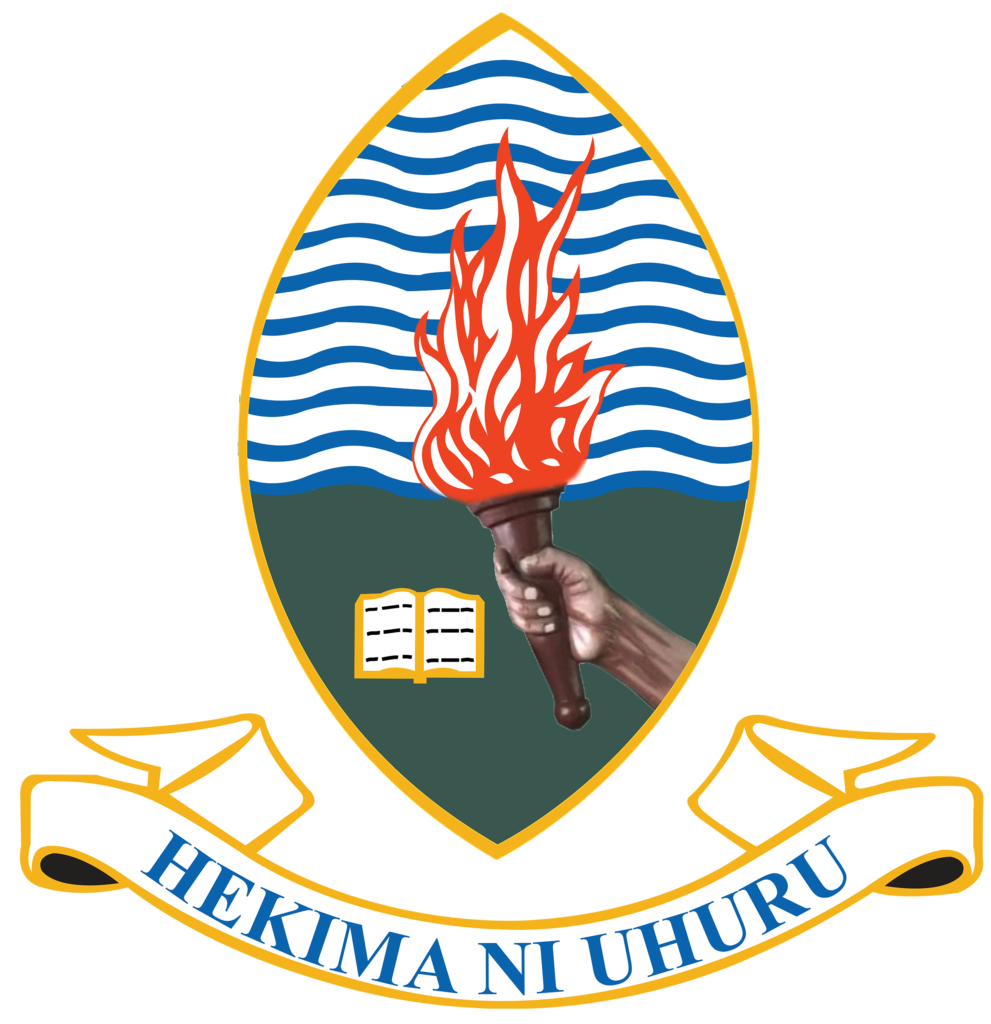Background:
In recent years, developing countries have deployed mobile application systems to facilitate remote health data reporting and transmission to improve availability and quality. This has raised the demand for mobile tools to collect data from health service delivery points to utilization points at the national and sub-national levels. While DHIS2 developed the Android SDK to offer custom development of DHIS2-based apps, mobile app developers face challenges in developing apps that can be compiled to run on multiple mobile platforms (Android, iPhone) to offer users the flexibility of multiple mobile phone platforms.
D2-Touch is a mobile SDK inspired by the DHIS2 Android SDK and developed by the University of Dar es Salaam (UDSM) DHIS2 Lab based on flutter technology. The SDK aims to supplement the existing SDK by extending its use in developing and deploying applications across multiple platforms (Android and iOS), with the goal of writing once and using everywhere.
Methodology:
The UDSM DHIS2 Lab team researched modern mobile technologies that support multiple platforms, focusing on large community support around them. This went along with studying the current Android SDK implementation and other platforms’ specific needs. The team selected the Flutter framework supported by Google to develop the initial version of the SDK. The D2-Touch has been tested on version 2.36. Key features of D2-Touch include offline data collection, server syncing, program rule evaluation, and validation rules running offline. D2-Touch documentation is available at https://udsm-dhis2-lab.github.io/d2-touch/. The source code is available at https://github.com/udsm-dhis2-lab/d2-touch.
Results:
The D2-Touch SDK has been used to develop Tanzania’s eIDSR mobile application, released in April 2022, and is now being rolled out around the country to report IDSR-related diseases. This was the first step as we standardized it for more use cases.
Conclusion:
With the rollout of the eIDSR Mobile App, the SDK is being thoroughly tested on a large scale with multiple users to see how it works, and so far, it is working as expected. More apps are already in development, including a community TB app, and plans are in place to accommodate charts that can be used across all devices for consumption by managerial and political leaders through a mobile portal.


